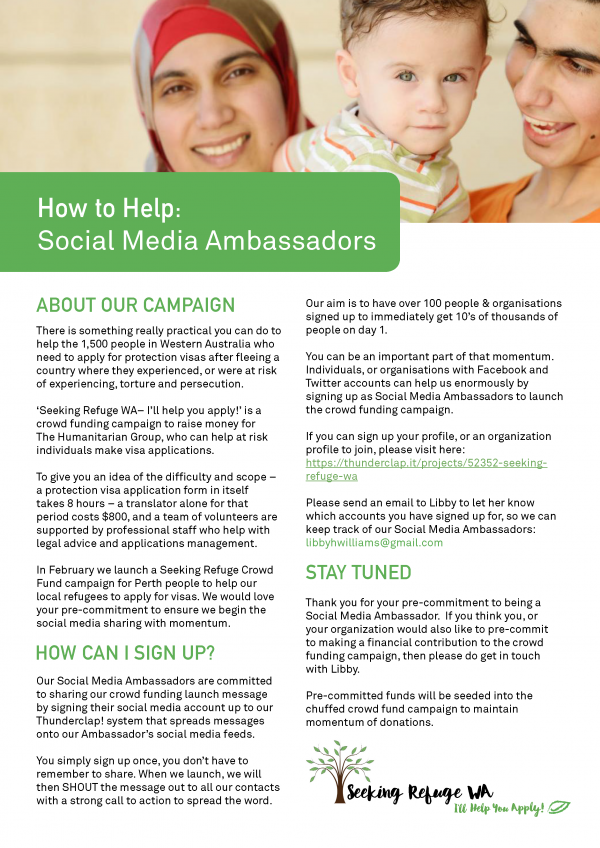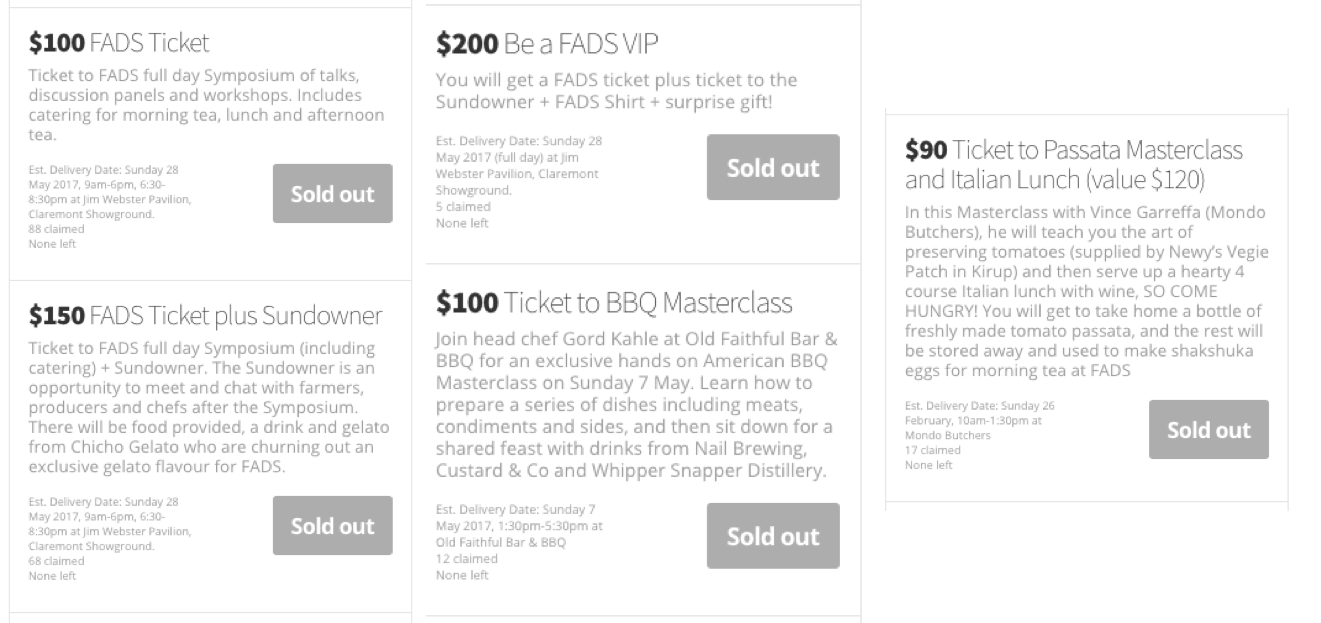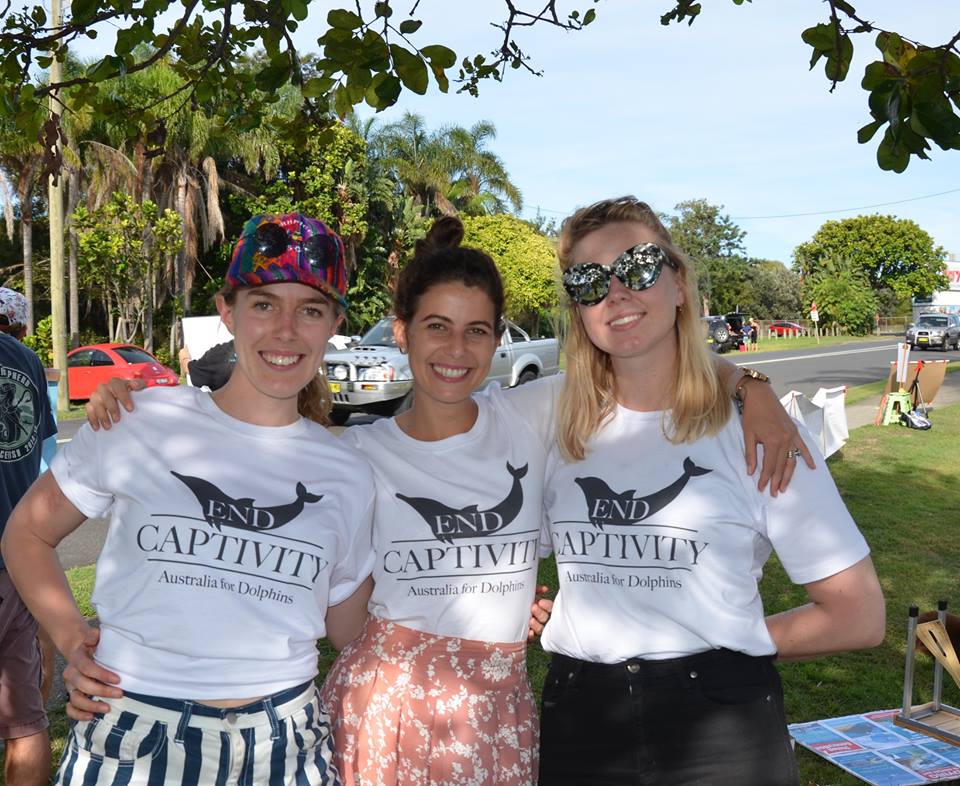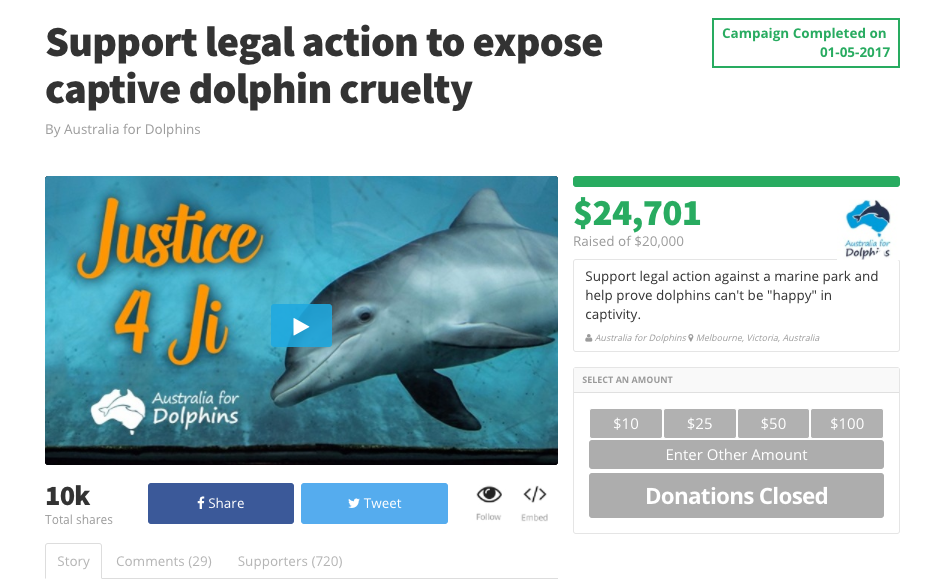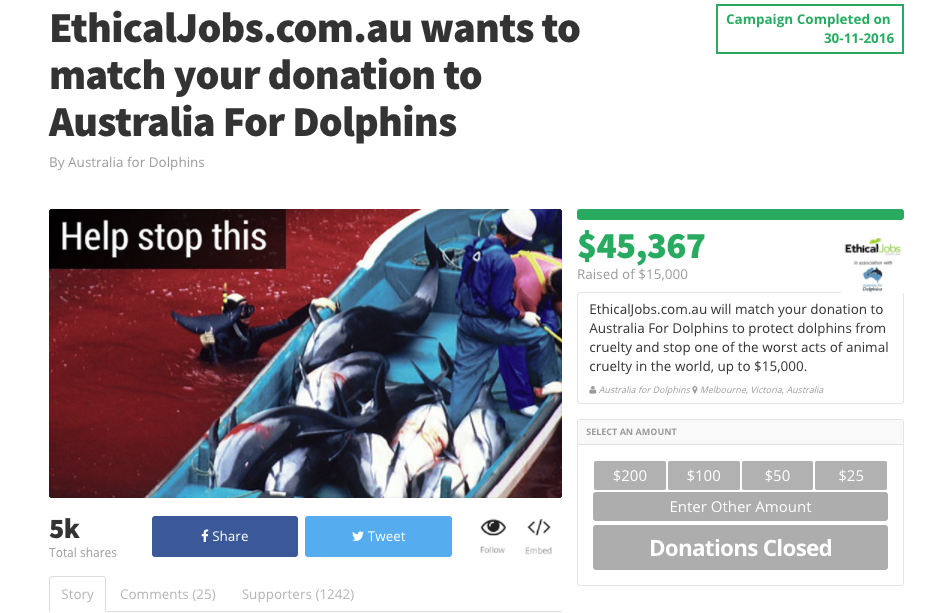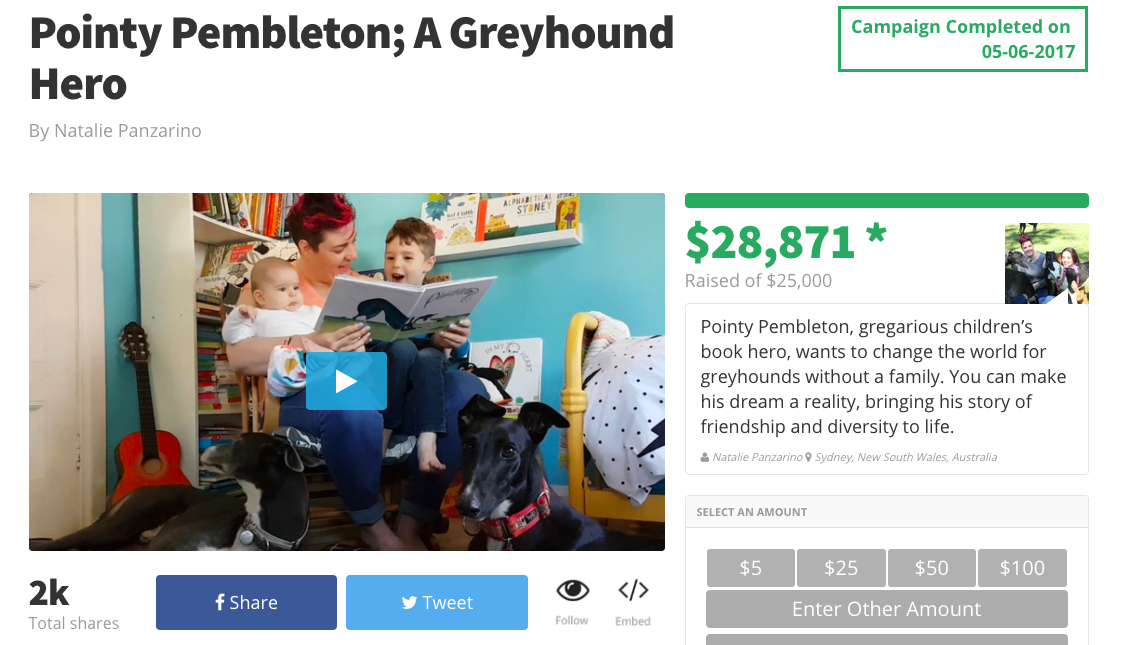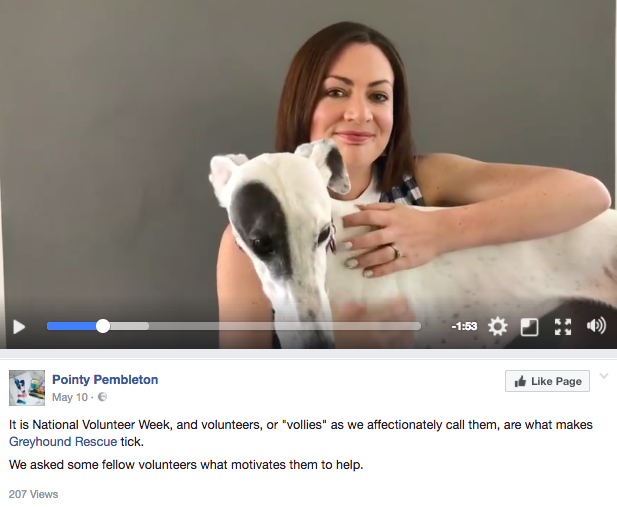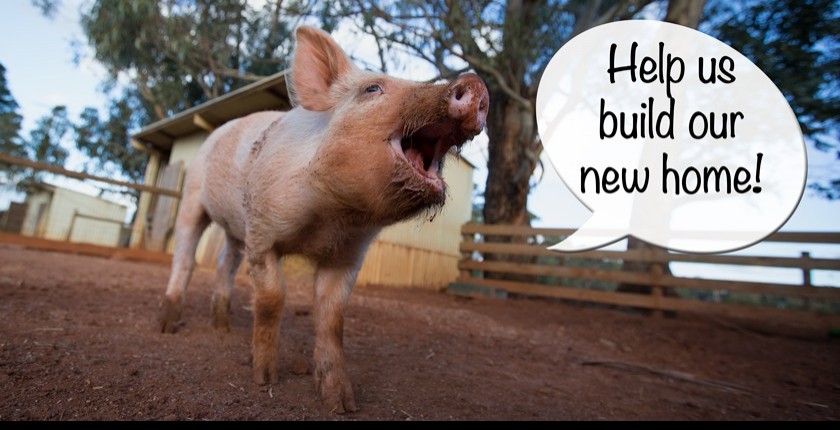In July 2015, a small community group in regional Australia raised over $142,500 to save their local cinema. In this case study, campaign manager, Stephanie Ney, takes you through:
- How they designed their ‘sponsor a seat’ campaign
- How they used Facebook and networking to build a launch list
- How they leverage offline channels for their online campaign
Background: The end of an era and a new hope
Seventy-Four years ago in a small town on Australia’s east coast, Doris and Alan Brissett purchased the local Community Hall with a grand plan to create the town’s first cinema. They added some wooden tiered seating, a projection room and the Sawtell Cinema was born. For three generations the Sawtell Cinema remained in the Brissett Family.
In that time, the cinema has faced many disasters. In 1955 the original building was destroyed by a mini-cyclone. In 1989 and again in 2009, floods damaged the cinema. Each time, the community stepped forward to support their local icon. But then digital projection arrived, and the cost to switch over was too much. The Brissett family put the cinema on the market in March 2012 and when no buyer came forward, in December 2012, the cinema closed.

For two years Sawtell Cinema waited for the community to show their support yet again. In January 2015, a group of local patrons stepped forward and purchased the original building with a grand plan to transform it into a 21st century cinema, but retain its quaint, historic feel.
The refurbishment would cost $1.4M. While most of that was raised privately, the patrons wanted to find a way to involve the local community in the saving of the cinema and to help them feel like they, too, were part of history-making.
They decided to run a crowdfunding campaign. In just over two months, the Sawtell Cinema blasted through its initial $75,000 target and ended up raising $142,500.
What follows is a step by step account of what they did, told by Stephanie Ney, who ran the campaign with Stephanie Hunt.
Preparation: Setting the stage
We started preparing for the campaign in January 2015, with the aim to do a soft launch of the campaign in June and an official event-based launch on 4 July.
The right campaign
The first step for the team was deciding what type of campaign we’d run. While we could have run a “capital appeal” type of campaign, and gone after pure donations, we found in our research, that the successful theatres/cinema campaigns used a ‘name a seat’ type program. For $X, donors got the perk of naming rights or sponsorship of a seat.
We wanted the perks to acknowledge people’s contribution and make them feel like they owned a part of their local cinema. As a bonus, we also designed rewards as a way to get the word out (through bumper stickers/t-shirts) and to get people into the cinema once it re-opened.

Here’s what we chose:
- $25: Join the “I Saved Sawtell Cinema” fraternity with the bumper sticker/choc top reward – redeemable when cinema re-opened;
- $75: A t-shirt package, so people could see you were a supporter;
- $150: double tickets to a screening at the cinema with David Stratton;
- $500: A ‘name a seat’ plaque in the big cinema;
- $750: A ‘name a seat’ plaque in boutique cinema;
- $1,000: Dinner for two plus movie screening with David Stratton;
- $2,500: Your silhouette painted onto the cinema’s ‘wall of fame’;
- $5,000: A private screening/party for 40 of your closest friends in boutique cinema.
In addition, everyone who donated above $500 also got their name on the Honour Board in the foyer, under exclusive headings such as ‘A-listers’, ‘Directors’, ‘Cameos’, ‘Executive Producers’, ‘Producers’, ‘Patrons’.
A celebrity ambassador
One of our favourite ‘name a seat’ campaigns was for the Isaac Theatre in Christchurch, which had Sir Ian McKillen as its patron. We wanted our own, local patron.
Through an Armidale contact, we had a connection to David Stratton, and approached him to be the campaign Patron and he generously agreed. We leveraged David everywhere – he was the centrepiece of the video and he was in our perks. This not only helped broaden our media appeal, it helped with branding of what Sawtell Cinema is all about; regional, independent, quality films, and a community’s cinema.
The video
No crowdfunding campaign would be complete without an awesome crowdfunding video and we were lucky enough to have some seriously creative locals (Zakpage.com) film not just one, but a series of videos that showed how ‘cinema is part of everyday life’ featuring locals and our campaign patron, David Stratton
We released the primary 90 second video on Facebook in the lead up to the campaign and a new video each week of the campaign. We got Screenwave – an outdoor cinema company – to show 30 second versions before their Cinematinee screenings and we put up a longer 4-minute version on our website. Having locals star in the videos turned out to be just as important as having a celebrity – not only does everyone want to share a video that has them or someone they know in it, the video created a sense of pride and community.
Building a list
When we first started planning, we read How to Raise $15,000 in 50 hours by Rob Caslick which is a great starting point. It emphasised the importance of names and lists and developing an ‘inner circle’ of people to champion the campaign with you.
This is what we did to establish a list. We set up a Mailchimp account and decided that we’d focus on growing that database.
The first natural list of supporters to leverage was the old ‘Friends of Sawtell Cinema’, a group of passionate locals who banded together back in 2009 when the cinema flooded. Through the ex-President of the campaign, we contacted the 300 people on the list and invited them to join our mailing list (by clicking through on the email).
Other groups had formed since the gap was left in the marketplace when Sawtell Cinema closed, like the Coffs Harbour City Council who ran Coffs Movie Club and Screenwave, who were running fortnightly ‘Cinematinee’ screenings at the local theatre. We promoted our campaign to these groups, and they were issued with invitations to join our mailing list and be kept up to date with all the latest on Sawtell Cinema.
Next, we started a Facebook Page at www.facebook.com/savesawtellcinema. We were planning to keep it on the down low until we had prepared our database/mailing system, but it accidentally got shared and within 3 days we had over 3,000 likes.
We then had to convert the Facebook audience to our email list which we did by posting links to our email signup page regularly on Facebook. This is important because it’s a lot easier to miss a Facebook post than it is to miss an email.
We quickly set up our website at www.sawtellcinema.com.au and again, put more links there to join the mailing list. We also directed people to our website via Faceboook in its first couple of months.
Stars
At the same time, we developed our own ‘Inner Circle’ of people who would be our ‘stars’ and frontline in promoting our work (what Rob Caslick referred to as his ‘foot soldiers’ in this Chuffed.org Case Study). We selected people who were passionate about the cinema, culture and the arts and were well-connected in the community – the movers and shakers and key influencers of the Coffs Coast if you like. Their email connections with various groups helped build the loyal groups of supporters of the campaign and reach people who had the means and the commitment to donate.
Showtime: The launch that kept on going
The Unofficial Launch
Our official launch date was set on the 4th July 2015. A week prior, we opened up the campaign in a “pre-launch”. We sent out an email only to supporters who had signed up to our mailing list, and as a special reward, they got first dibbs on all rewards – important as the number of seats to be sponsored were limited. This was a great way to not only thank people who had signed up with us, but it also meant that when the official launch happened, we already had money on the total.
Facebook
Facebook is also the ideal platform to unveil something like the refurbishment as it happens and give our followers a ‘behind-the-scenes’ look.
To drive our social media campaign and assist with the workload, we set up a communications steering committee.
Our first Facebook strategy was to take photos of locals and ask them to share their favourite Sawtell Cinema memory or tell us why the Cinema was important to them. We posted these on Facebook – along the vein of the ‘Humans of New York’. This was not only easy, as everyone had a story they wanted to tell, it was very sharable. People love seeing themselves online – and this again assisted with building community.
We also shared photos of the old cinema and had a ‘Sawtell Saturday’ section sharing beautiful nature photos from our community. As a bonus, people started sharing their own special photos of Sawtell Cinema, which were easy to repost.
Media/PR
Media support was very important, particularly for those not on Facebook. We established a number of media partnerships, including community and commercial radio stations, ABC Coffs Coast and Arts Mid North Coast, the local paper, Coffs Coast Advocate, plus sent regular media releases to a range of newspapers, radio and television stations.
Community radio station 2AIR FM were particularly supportive, and in the lead-up to the crowd funding campaign gave regular hour-long interviews with various people involved in the campaign, including the architects, designers, steering committee members and crowd funding campaign team.
Offline
The week leading up to the launch, we decided to accommodate offline donations so people could pay by either cash or cheque on the day, as many of our audience are not web-savvy and don’t feel comfortable making online contributions.
The mechanics around this meant preparing forms at the last minute for each reward level and having to manually enter donations to the ‘back-end’ of Chuffed.org during the day. This was important as many of our rewards were limited, and so it would have been disastrous to sell one offline that had already sold out online. On launch day people also requested to make electronic funds transfer directly to our bank, so we had to quickly set up a system to accommodate this as well.
These tools then let us do a number of things offline.
We went out to various social groups and networks and gave live presentations on what we were trying to achieve. With the Chair of the Investor Group, we spoke at breakfasts, lunches and dinners with Rotary Clubs, Lions Clubs, Probus, social groups, business networks – encouraging them to support the campaign.
We had our local Post Office take offline donations across the counter throughout the campaign and this greatly assisted particularly the older market who deeply loved the cinema take part in the campaign. Over $10,000 was raised through the Post Office alone.
In May the Investors held an Auction to sell some of the old equipment and features of the cinema that would not be used in the refurbishment – including all the old seating. We decided to open the cinema the day before the auction as a Community Day so people could come in and have one last look at the cinema before the renovations began. The Auction also gave locals the chance to pick up a piece of Sawtell Cinema history – and we ended up raising $10,000 towards the refurbishment, plus saved money in removing, relocating or ‘dumping’ the old fixtures. It all added to the inclusivity. This event by itself got broad media coverage on radio, print and television.
More broadly, we thought it was important to have a visible presence around the community, so we produced some marketing posters and flyers that were distributed to cafes and retail outlets across the region. Huge movie size posters were framed in the display windows on the outside of the cinema, promoting key events such as the Auction, the Facebook campaign and the crowd funding campaigns and rewards.
Without a doubt, all these offline strategies paid off. Of the $142,500 raised, $57,800 came from offline donations.
The Official Launch Event
We decided to do a live launch event on 4 July during the annual Sawtell Chilli Festival which attracts up to 10,000 visitors to the main street of Sawtell. We thought this would assist with media interest plus give us an opportunity to physically sign people up to donate to the campaign on the day. We opened the doors to the cinema foyer one more time and a group of our ‘Stars’ volunteered on the day, all modelling the limited edition ‘I Saved Sawtell Cinema’ t-shirt.
Local computer business, Coffs Computing, provided iPads so our volunteers could assist people with making donations. We fitted out the Box Office as a photo booth and photographed and interviewed people after they made their donation for Facebook content. The architects, g2 architects, provided a live computer aided design walk-through of the new cinema so people could see the vision and understand what they were signing up to support. The result – we ended up having a motza of a day, making $22,000 in donations on just that one day.
Once the campaign started, we sent regular updates to the Inner Circle; had a regular spot on 2CHFM updating progress and encouraging support; almost fortnightly interviews on ABC Coffs Coast; and many features in the local paper. The Facebook campaign started thanking our supporters, including individuals, groups and businesses, and giving milestone updates which were widely shared. And we made the local news a couple of times.
The Results

We could never have guessed the success of the campaign. We thought it would be fabulous to reach $50,000 in total and yet, in four weeks, we reached our target of $75,000. We re-set the target to $125,000, which meant we would be able to buy the new screens & curtains as well as the seats, but again, I didn’t actually think we would make it. But make it we did. In the last 10 days or so of the campaign, we pulled in $30,000 – taking the final amount raised to $142,500.
Maybe even more extraordinary was how far the story spread – we ended up with donations not only from across Australia but also from around the world, as far afield as Turkey, France, Japan, UK and LA. In total, 480 people donated to our campaign. And our story was picked up by the Sunday Telegraph, and many online arts and film hubs, such as Regional Arts NSW, Arts NSW, ScreenNSW, Create Australia and Inside Film.






